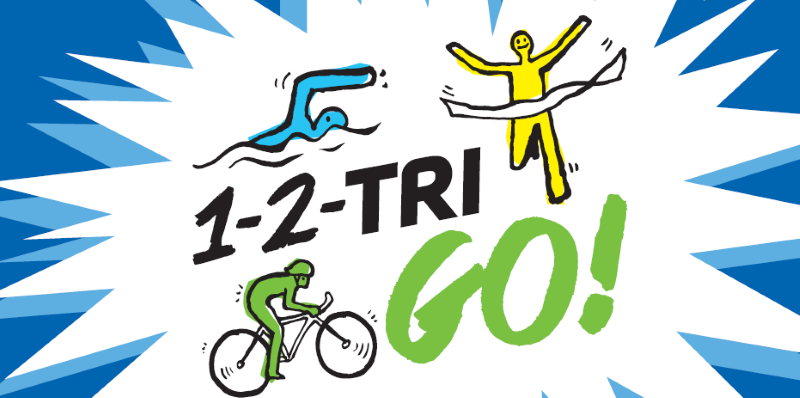Currently, health care professionals lack a “gold standard” assessment tool to reliably and objectively determine whether an athlete has sustained a sport-related concussion and/or definitively ascertain whether they have recovered. Concussion is a diffuse brain injury with the potential for coexisting, overlapping and confounding pathologies (e.g., cervical, vestibular, visual, previous concussion history, coexisting medical conditions such as anxiety, depression, migraine headaches, etc.). It is not always clear what to look for as it may present with many different signs and symptoms that differ from individual to individual (e.g., cognitive, emotional and physical symptoms, sleep disturbances, sensorimotor and visuospatial deficits, slowed reaction time, working memory and decision making, balance deficits, etc.). There is also the challenge of athletes wanting to return to sport quickly.
Sport-related concussion (SRC) is defined as a “traumatic brain injury induced by biomechanical forces. Several common features that may be utilized in clinically defining the nature of a concussive head injury include:
- SRC may be caused either by a direct blow to the head, face, neck or elsewhere on the body with an impulsive force transmitted to the head.
- SRC typically results in the rapid onset of short-lived impairment of neurological function that resolves spontaneously. However, in some cases, signs and symptoms evolve over a number of minutes to hours.
- SRC may result in neuropathological changes, but the acute clinical signs and symptoms largely reflect a functional disturbance rather than a structural injury and, as such, no abnormality is seen on standard structural neuroimaging studies.
- SRC results in a range of clinical signs and symptoms that may or may not involve loss of consciousness. Resolution of the clinical and cognitive features typically follows a sequential course. However, in some cases symptoms may be prolonged.
To read the newly released Concussion Protocols from Sport Canada via the COPSI network, please click HERE.




